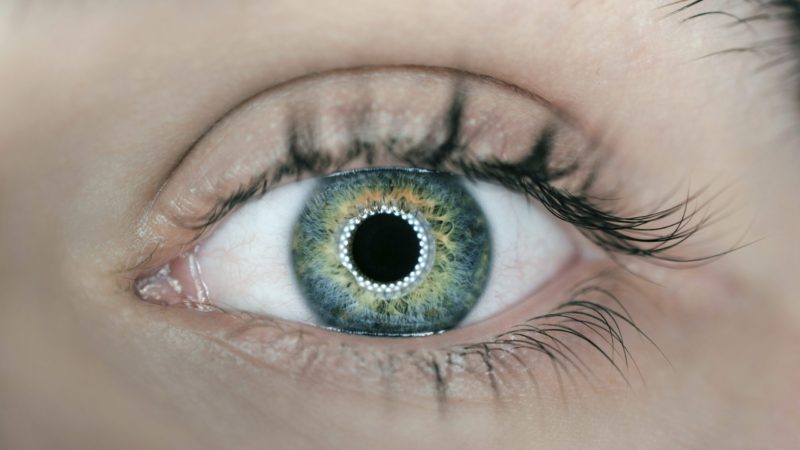Grappling with Graves’ #6: Skin Between

As I believe I have already noted, Graves’ Disease impacts everything from head to toe and “skin” between (sorry… it’s hard to be engaging when writing about a disease). Unfortunately, there are multiple skin issues related to Graves’ including dry skin, acne, granuloma annulare (benign inflammation), vitiligo (destruction of the melanocytes which are responsible for skin pigment), and myxedema (the one I now know the most about).
About six months ago, I discovered a rash forming on my right leg (lower shin). It was itchy and looked sort of like welts. At first, I thought it was contact dermatitis from my boots, but then when it persisted for more than a month, I asked my endocrinologist about it. At the time, it wasn’t bad and she, too, thought it was probably contact dermatitis. She recommended that I see a dermatologist. I didn’t schedule that appointment right away because I thought the rash would go away on it’s own, but advice from a friend with Graves’ and a similar skin condition prompted me to follow up.
It took over a month to get an appointment with a dermatologist and even then, it was a video appointment with a physician’s assistant. I sent her photographs of my leg and tried to show it to her while we were on the video chat. She believed it looked like diabetes-related dermopathy. I had never had an issue with diabetes, but agreed to some lab work. When the labs came back clear, I requested an in-person appointment with a different dermatologist (I had to wait two months for that). As soon as the second dermatologist saw my legs (my condition was significantly worse by then and the rash had also appeared on my left shin), she felt it was Graves’ related, but did a biopsy to be certain and prescribed a steroid cream in the interim.
The biopsy results showed that I had pretibial myxedema. ThyroidAdvisor.com notes that “because myxedema can cause a variety of complications if left untreated, including heart failure, pregnancy issues, hypothermia, kidney problems, and coma, among many others, it is of vital importance to be treated right away.” And to think it had taken me almost four months to get diagnosed! The dermatologist then treated the rash by injecting each lesion with Triamcinolone Acetonide, a type of steroid. I stopped counting at about 30 injections… so it’s a good thing needles don’t scare me!
Once I had a proper diagnosis, I was able to receive the correct treatment and began healing immediately… once I had a proper diagnosis. A second round of injections a few weeks later did the trick to clear up the last few stubborn lesions.
All is well with my legs now, but what a battle this has been! As I pointed out several times in my prior posts, my whole point in sharing all this is in hopes that it will educate others who may be experiencing the same things I have on my journey so far. I once had a doctor tell me that I shouldn’t listen to friends or Google my symptoms. I say “Poppycock!” to that! If it weren’t for good old Google and my experienced friends, I would be a lot worse off than I am now! I encourage you to Google, talk to friends, and be your own advocate in your medical care. You’ll be glad you did!





